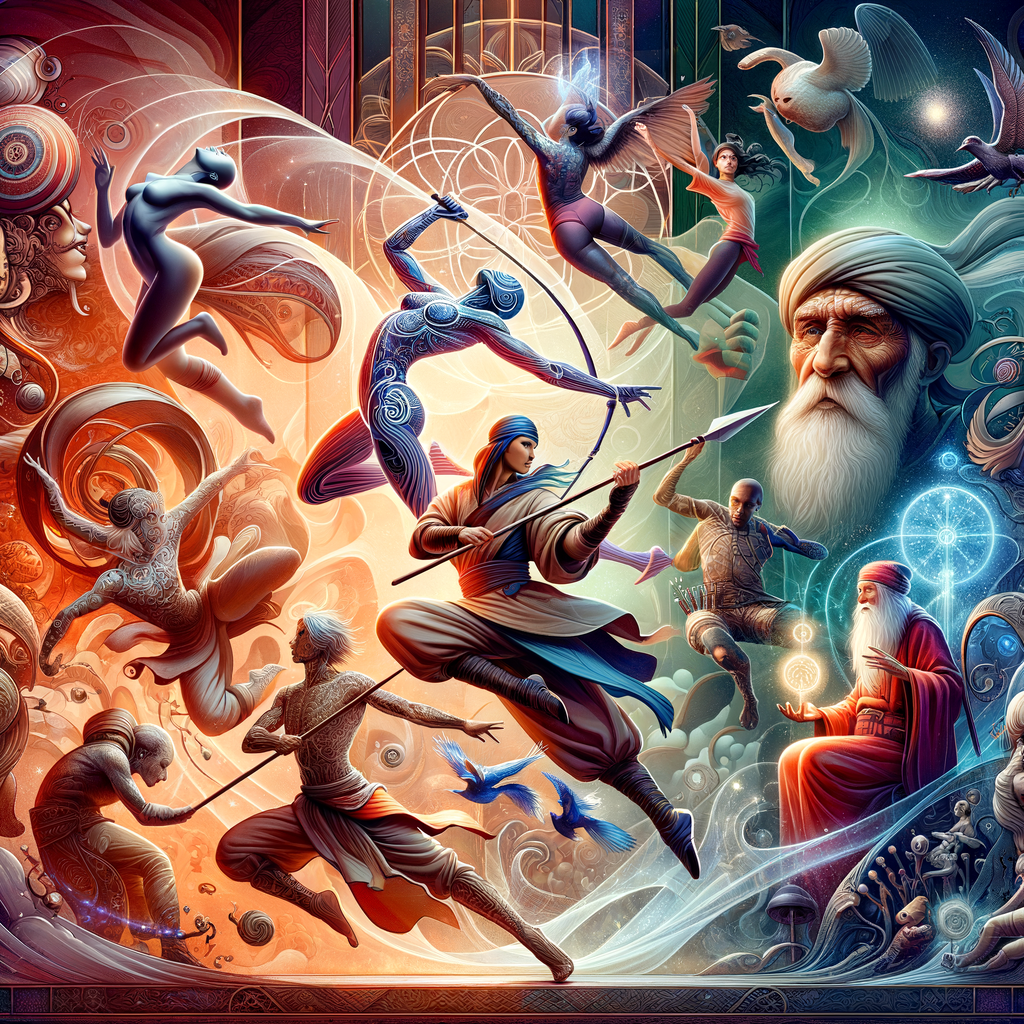
Character design is one of the most captivating aspects of digital art. To create compelling and relatable characters, understanding human anatomy and movement is crucial. This article delves into the essential techniques and tips for mastering these elements, providing you with the tools needed to enhance your character illustrations, whether you are a beginner or a seasoned artist.
Creating dynamic and engaging characters requires more than just creativity; it necessitates a solid grasp of human anatomy and movement. This article will guide you through the fundamental aspects of character design, breaking down the complexities of human form and motion.
Understanding Human Anatomy
Before diving into character design, it's essential to familiarize yourself with human anatomy. Anatomy is the foundation for creating believable characters that resonate with audiences. Here are some key aspects to consider:
- Skeleton Structure: Understanding the human skeletal structure is vital. The skeleton provides the framework for the body and dictates how characters will move. Familiarize yourself with the key bones of the body, such as the skull, spine, ribs, pelvis, and limb bones.
- Muscle Groups: Once you understand the skeletal structure, the next step is to study muscle groups. Muscles are responsible for movement and shape. Knowing how they interact will allow you to create more realistic poses.
- Proportions: Proportions play a critical role in character design. Artists often use specific ratios to maintain consistency in their characters. Familiarize yourself with common proportions, like the 'eight-heads tall' rule used in figure drawing.
The Importance of Movement
Movement adds life to your characters. Characters that are rigid and lifeless will not engage audiences effectively. Here are several key concepts to consider when depicting movement:
- Line of Action: Every character should have a clear line of action that gives an impression of their movement. The line is an imaginary curve that flows through the character’s body, creating a sense of dynamic energy.
- Weight Distribution: Understand how weight affects movement. How characters distribute their weight will determine their posture and balance. A character leaping into the air will have different weight distribution compared to one standing still.
- Pose Reference: Always refer to real-life references for your poses. Observing how people move and interact in real life can provide invaluable insights into how to depict motion accurately.
Techniques for Capturing Movement
To enhance your ability to create dynamic characters, incorporate the following techniques:
- Gesture Drawing: Spend time doing gesture drawings to capture the essence of movement quickly. Gesture drawing emphasizes the fluidity of motion rather than focusing on details. Aim to complete each sketch in a short time frame to train your hand-eye coordination.
- Overlapping Action: Overlapping action refers to the natural delay and follow-through of various body parts during movement. For instance, when a character jumps, their arms may lag behind their legs. This technique adds realism to your animations.
- Exaggeration: Don’t shy away from exaggerating poses. Exaggeration helps emphasize emotions and character traits. A character expressing excitement can have overly extended limbs, while a somber character might appear more hunched.
Creating Unique Characters
While mastering anatomy and movement is crucial, creating unique characters involves infusing your style and personality into your design. Here are some strategies to develop distinctive characters:
- Character Backstory: A well-developed backstory adds depth to your character design. Understanding their background and personality traits can influence how you portray them visually.
- Silhouette Testing: Experiment with different silhouettes to find what best represents your character. A strong silhouette is key to an instantly recognizable character design.
- Color Schemes: Colors evoke emotions and can help convey your character’s traits. Use color theory to create harmonious palettes that suit your character’s personality.
Tools and Resources
In today’s digital age, numerous tools and resources can aid in character design:
- Digital Drawing Software: Familiarize yourself with programs such as Adobe Photoshop, Procreate, or Krita. These platforms offer a myriad of features that can enhance your digital drawing experience.
- Online Courses: Websites like Skillshare and Udemy offer numerous courses focused on character design and anatomy. Investing in education can significantly improve your skills.
- Art Communities: Engaging with online art communities can provide critique, encouragement, and exposure to diverse styles and techniques. Platforms like DeviantArt or ArtStation serve as great networking locations.
In conclusion, mastering the art of dynamic character design involves a blend of understanding anatomy, capturing movement, and infusing unique personal touches into your work. By practicing these techniques and exploring various concepts, you can develop characters that not only look amazing but also resonate with audiences on a deeper level. Always remember to keep experimenting with your art style and be open to inspiration from various sources, as art is an ever-evolving journey of creativity.

